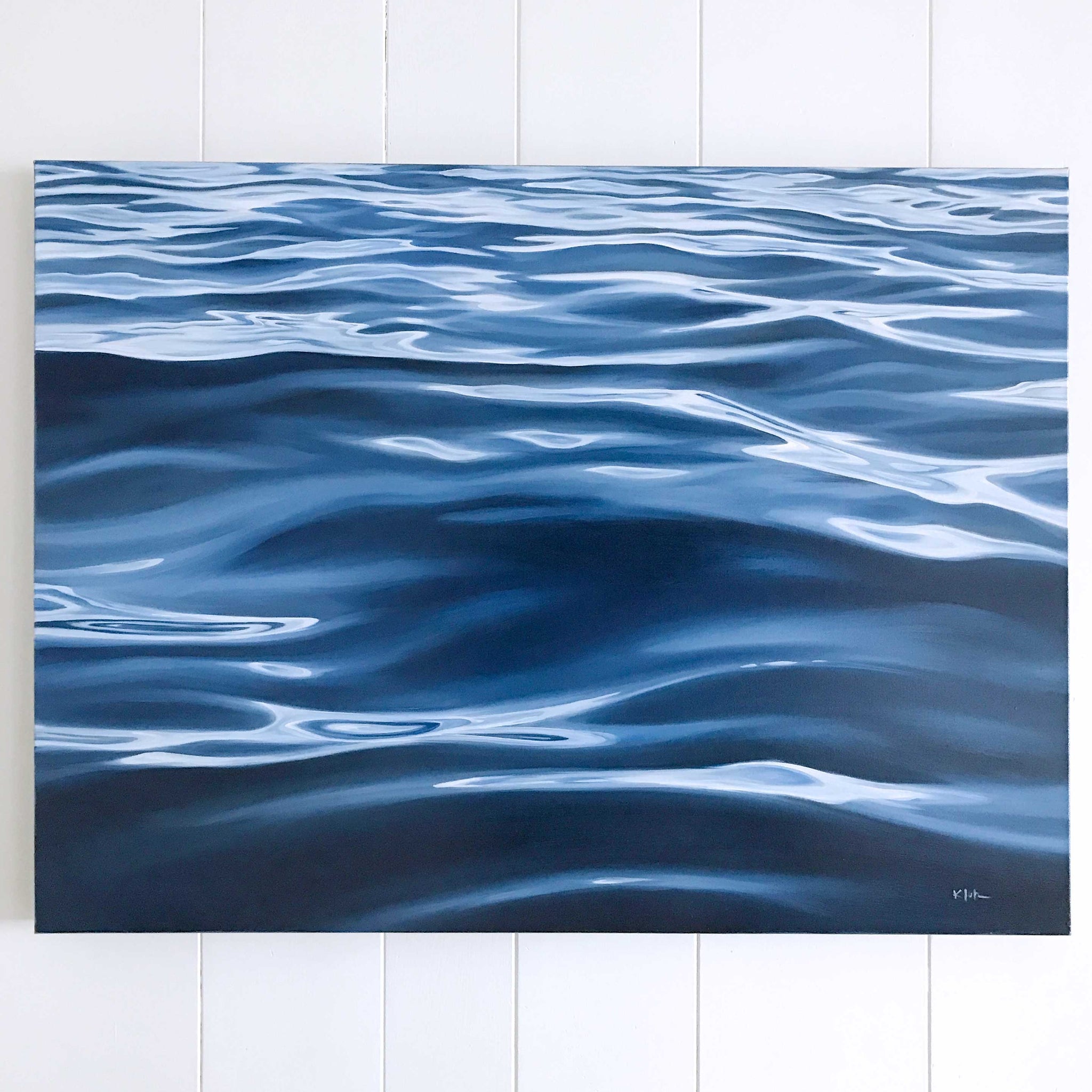How do water paintings reflect coastal Florida scenes? - pisplacewatercolors/Blogs GitHub Wiki
 Coastal Florida is rich of visual poetry, with the cadence of the waves, pastel skies, sun-faded boats, and tranquil mangrove islands all begging to be saved in some way. Water paintings, with their smooth edges and transparent layers, effectively capture these natural aspects. When artists create water paintings for sale FL, they are not simply selling art. They’re offering a window into the region’s natural rhythm. These works often echo the serenity of the shoreline, the shifting blues of the Gulf, and the pale sands that fade under the golden sun.
Coastal Florida is rich of visual poetry, with the cadence of the waves, pastel skies, sun-faded boats, and tranquil mangrove islands all begging to be saved in some way. Water paintings, with their smooth edges and transparent layers, effectively capture these natural aspects. When artists create water paintings for sale FL, they are not simply selling art. They’re offering a window into the region’s natural rhythm. These works often echo the serenity of the shoreline, the shifting blues of the Gulf, and the pale sands that fade under the golden sun.
The Unique Relationship Between Watercolors and Water
Water is fundamental to both the medium and the subject. Coastal Florida is surrounded by it—ocean, bay, lagoon, and rain—and watercolors readily capture its fluidity. The paint's transparency allows for subtle transitions between sky and water, or light and shadow. This natural softness is ideal for painting wet sand, sea foam, and gloomy skies. It's an accurate reflection of how these locations feel: calm, vibrant, and gradually evolving.
Why Coastal Florida Scenes Speak Through Watercolor
There is something about Florida's seashore that resists harsh lines. The landscape is continuously evolving. Tides come and go, storms rumble on the surface, and sunsets paint everything in warm tones. Watercolors handle this type of subject better than most other mediums. They do not drive the issue into fine detail. Instead, they allow scenes to breathe and move, making them excellent for communicating the coast's vitality and peacefulness simultaneously.
Beaches Through the Watercolor Lens
Watercolorists that paint Florida beaches prefer to emphasize light and atmosphere over exact realism. These paintings could depict a sun-bleached boardwalk disappearing into the dunes or the reflection of palm trees in shallow tidal pools. Watercolor's ability to merge and bleed color creates a sense of motion - waves appear to roll and breeze feels present even on still paper.
Marina Life and Boats in Soft Hues
Marinas are an essential part of the coastal Florida identity. Watercolor artists often paint old wooden fishing boats, sailboats anchored in quiet bays, or the tangled rigging of working vessels. The medium works well for depicting weather-worn surfaces and reflections on water. Instead of overworking every rope and shadow, the artist lets the wash of color imply texture and time. This restraint gives the viewer room to feel the humidity, hear the birds, and smell the salt.
The Role of Light in Coastal Water Paintings
Florida’s light is distinctive — strong, bright, and often diffused by humidity or cloud cover. In water paintings, light is rarely painted directly. Instead, it’s allowed to shine through by leaving sections of the paper bare or only lightly touched. This technique is especially powerful in depicting early morning scenes or late-afternoon calm, when shadows are long and colors shift from cool to warm. It feels familiar to anyone who has watched the sun rise or set over the coast.
Capturing the Wild Side: Everglades and Mangroves
Beyond the beaches and towns, watercolors also reflect Florida’s wild side. The Everglades and mangrove forests have a quiet intensity that lends itself to the medium. Artists can layer greens and browns with watery washes, showing the tangle of roots, slow-moving water, and secretive wildlife. There’s no need to explain every detail; the suggestion of form is enough. The effect is often more emotional than literal, offering a sense of place that’s rooted in observation and memory.
Weather Patterns and Stormy Skies
Florida’s skies are known for drama. Thunderstorms roll in with a sudden change in light and mood. Artists who use watercolor can react quickly — wet-on-wet techniques create clouds that seem to form right on the page. The speed of watercolor helps capture the moment before the rain, the glow before the lightning, or the gray calm after a storm. These scenes are full of motion and emotion, and watercolors reflect that uncertainty and beauty with honesty.
Color Palette: Natural Yet Expressive
The color choices in coastal water paintings are usually pulled straight from nature — soft blues, sandy creams, deep greens, and the occasional flash of coral or orange. But artists aren’t locked into copying what they see. The goal is more about feeling than fact. A sunrise might come across with exaggerated purples or a beach might take on cooler tones to reflect the season. The flexibility of watercolor allows for both realism and artistic expression to exist in the same frame.
A Living Memory of Place
Water paintings that reflect Florida’s coast don’t just record landscapes; they carry the memory of still mornings, afternoon storms, and golden-hour walks. Whether hung in a home or shared with visitors, they offer more than decoration. They’re reminders of how the coast feels — fluid, warm, and always changing. Through water and color, artists give shape to moments that otherwise drift away with the tide.
Final Thought
Coastal Florida is more than a location; it's a feeling, a memory, and a breath of sea air. Water paintings reflect the softness, allowing the observer to see not only how the coast looks, but also how it feels. From the sheen of heat on sand to the silence of nightfall over the ocean, these works communicate without trying too hard. They are as peaceful and introspective as the place itself.